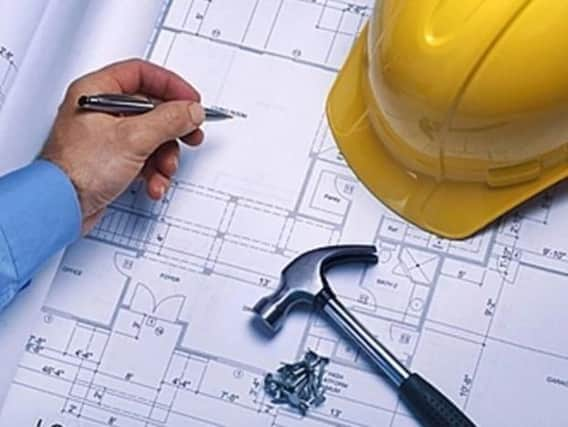All you need to know about a council’s local plan


Housing sites, employment areas and key policies are among the things set out in the local plan - but despite their huge significance on our local communities many people really know much about them.
Here Daniel Frisby, associate planner at DMH Stallard, has set out below - in plain English - why a local plan is so significant for the future of local communities in your area.
What is a Local Plan?
Advertisement
Hide AdAdvertisement
Hide AdLocal Plans are produced by Local Planning Authorities in order to guide development within their area. It will broadly comprise a series of ‘strategic’ policies which seek to identify suitable locations for new residential or commercial development. They also include a series of ‘development control’ policies which set out the guidelines and expectations for all new developments against which planning applications will be assessed.
How is it prepared?
Firstly, the local authority will undertake a period of ‘evidence gathering’ where it will carry out a series of studies to identify the requirements for development and any environmental or infrastructure issues that may need to be addressed.
Following the ‘evidence gathering’ period, work will begin on drafting the Plan before it is published for two separate periods of consultation.
Finally, the Plan will be submitted to the Secretary of State, who will appoint an Inspector to carry out a ‘public examination’. The public examination will involve a series of meetings where the Inspector will request the local authority, organisations and members of the public to provide written or spoken evidence to ascertain whether the Local Plan meets both its legal requirements, as well as being effective at meeting the development needs of the area.
Advertisement
Hide AdAdvertisement
Hide AdHow are the public involved and when do they get to have a say?
Generally, local authorities will carry out two public consultations, a ‘draft’ consultation (known as Regulation 18) where the plan is considered to be at a relatively early stage and a ‘submission’ consultation (known as Regulation 19) where the plan is effectively in a final state before it is submitted to the Secretary of State.
It is important people get involved with both these periods of consultation. The draft consultation provides the greatest opportunity to influence the Plan and the submission consultation provides an opportunity to make any final comments known to the Inspector carrying out the examination.
What changes are expected to the Local Plan process in the future?
Advertisement
Hide AdAdvertisement
Hide AdThe government produced a consultation paper in 2020 setting out proposed wide-ranging reforms to the Local Plan system. If implemented in full, this could see a zoning system introduced where the Local Authority will be required to zone the whole of their area as being a growth zone (areas for substantial development), renewal zone (areas for minor or infill development), or a protected zone (areas where development is restricted). It will also see ‘development control’ policies set at a national rather than local level.
DMH Stallard have offices in Brighton, Gatwick, Guildford, Horsham and London and can be contacted on 03333 231 580 or www.dmhstallard.com